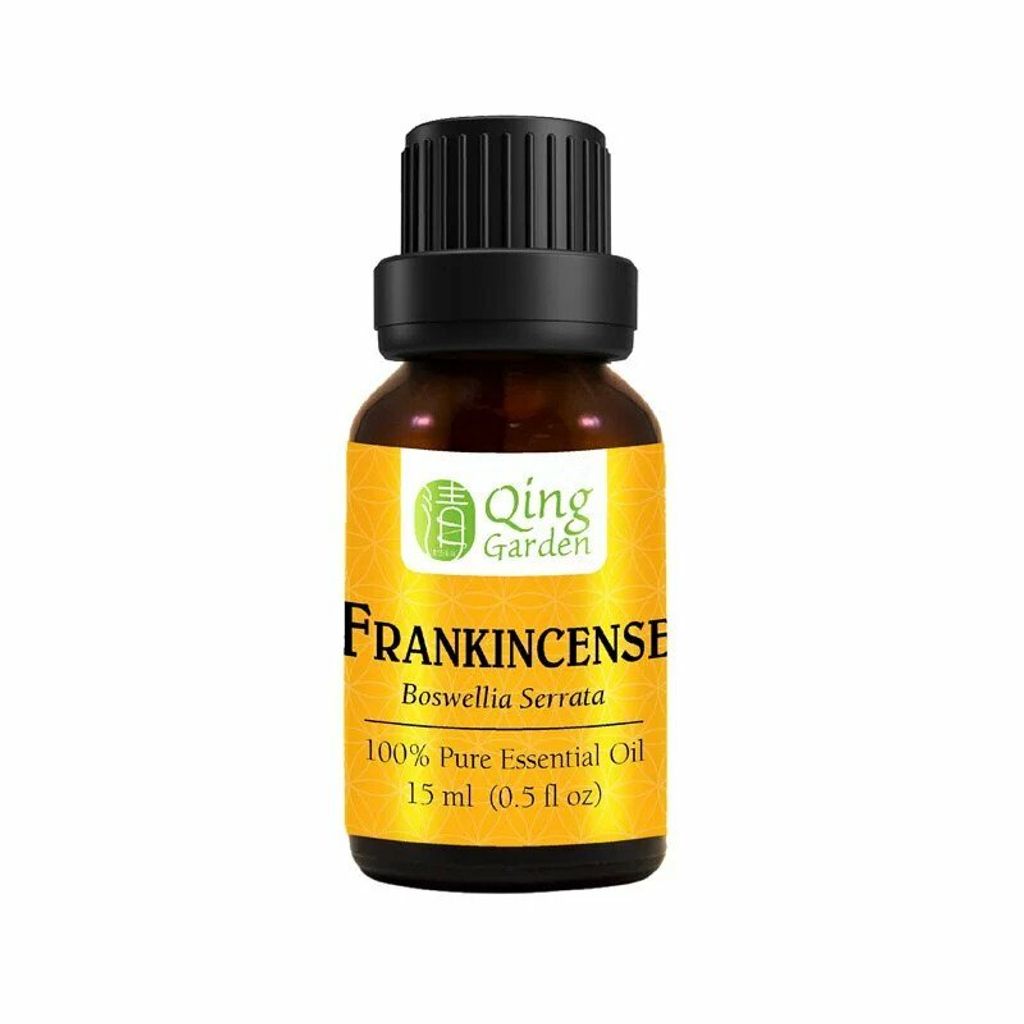Frankincense Essential Oil (Boswellia Serrata)
- Regular price
- S$ 18.00
- Sale price
- S$ 18.00
- Regular price
-
S$ 18.00
Share
Description
Frankincense originates from a scraggly but hardy tree indigenous to the Middle East, with abundant pinnacle leaves and white or pale pink flowers. The resin begins as a fragrant sticky milky-white liquid that flows from the trunk of the tree when cut. The dried tears are collected, and the resin is then distilled, producing the precious oil.The resin of Boswellia species has been used as incense in religious and cultural ceremonies and in medicines since time immemorial.
Boswellia serrata (Salai/Salai guggul), is a moderate to large sized branching tree of family Burseraceae (Genus Boswellia), grows in dry mountainous regions of India, also known as Indian frankincense, is a plant extract that has been featured as an important component of Ayurvedic medicine for thousands of years. As with many herbs used in the treatment of osteoarthritis. Boswellia serrata elicits potent antiinflammatory activity through its inhibition of the 5-lipoxygenase enzyme.
Benefits: Relaxing, Focusing, Centering
Meditation Diffuser Recipe:
Add following essentials oil to a diffuser:
2 drops Frankincense Oil
2 drops Myrrh Oil
2 drops Cedarwood Oil
2 drops Sweet Orange Oil
For topical application, refer dilution ratios here.
Specifications
| Botanical Name | Boswellia serrata |
| Botanical Family | Burseraceae |
| Country of Origin | India |
| Extraction Method | Steam Distillation |
| Plant Part | Resin |
| Main Compounds | Linalool, Bornyl Acetate, Acetate, and Incensyl Acetate |
| Color | Yellow liquid in color |
| Odor | Spicy, woody and camphorous |
| Perfumery Note | Base |
| Strength of Initial Aroma | High |
| Blends with | Lavender, Geranium, Rose, Sandalwood, Ylang-Ylang, and citrus oils such as Orange, Lemon, etc. |
Cautions
Non-toxic, non-irritating, hypoallergenic, use in moderation. Do not use before 3 months of pregnancy. Do not apply directly to infants.




